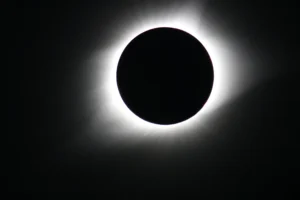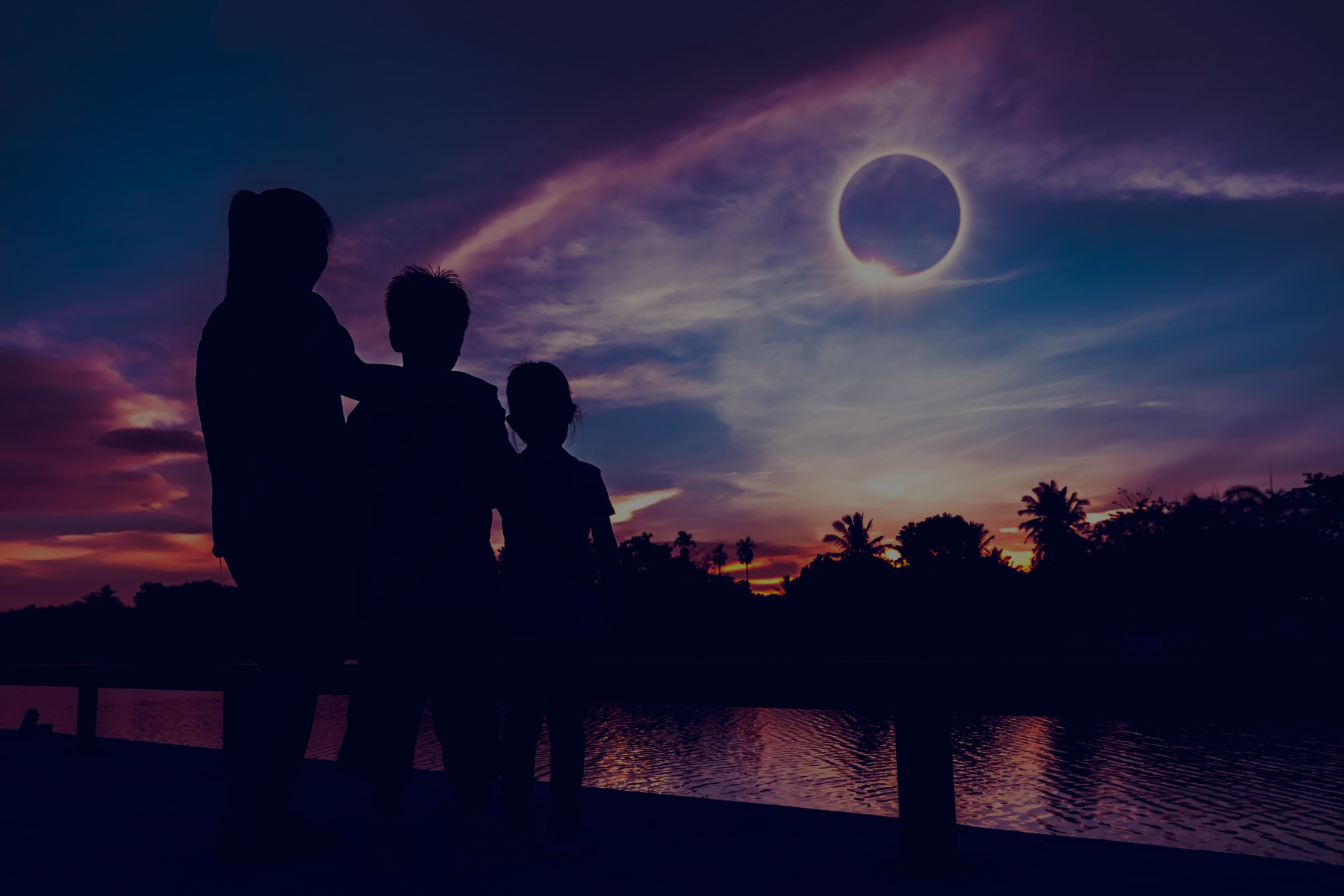19 Mar 5 Things You Should Know About the Solar Eclipse
By now, you’ve likely heard the buzz around the upcoming solar eclipse taking place on April 8th. Here are five intriguing facts about this exciting event happening soon across North America:
- Total Solar Eclipses are Rare

Total Solar Eclipse – Nasa
Total solar eclipses are relatively rare events for any given location because the path of totality, where the Sun is completely obscured by the Moon, is relatively narrow. This path typically spans only a few dozen to a couple hundred miles wide, and it moves across the Earth’s surface during each eclipse. On average, a total solar eclipse is visible from any given point on the Earth’s surface about once every 375 years. This frequency can vary widely depending on the geographic location. Some locations may experience total solar eclipses more frequently, while others may have to wait much longer between occurrences.
- Path of Totality
On April 8th, the path of totality, where the Moon completely obscures the Sun, will sweep across regions of North America, offering lucky viewers a front-row seat. This path stretches from Mexico, traversing through parts of the United States, including Texas, Oklahoma, Arkansas, Missouri, Illinois, Kentucky, Indiana, Ohio, New York, Vermont, New Hampshire, and Maine, before crossing into Canada. Those within this narrow corridor will experience the awe-inspiring moment of totality, while others outside this path will witness a partial eclipse.
- Duration of Totality
During the total solar eclipse, the duration of totality varies depending on one’s location within the path. In some areas, totality will last for approximately 4 minutes and 28 seconds, providing a rare opportunity to glimpse the Sun’s outer atmosphere, the corona, which is typically obscured by its intense glare.
- Safely Viewing the Eclipse:
Viewing a solar eclipse without proper eye protection can cause permanent eye damage or even blindness. Specialized eclipse glasses or solar filters are essential for safely observing the Sun during an eclipse. These filters block harmful ultraviolet and infrared radiation, allowing viewers to gaze directly at the Sun without risking harm to their eyes.

Solar Eclipse Glasses – Travel + Leisure
Additionally, projection methods, such as pinhole projectors or solar telescopes, offer alternative ways to experience the eclipse safely.
- Scientific Opportunities
Solar eclipses provide valuable opportunities for scientific research and discovery. During the eclipse, scientists and astronomers will study the Sun’s corona, the outer layer of its atmosphere, to better understand its composition, dynamics, and magnetic fields. These observations contribute to our knowledge of solar phenomena and help scientists unravel mysteries surrounding the Sun’s behavior, including its influence on space weather and its impact on Earth’s environment.
The Sun is essential to our thriving on Earth. If you’re just as in awe about what the Sun can do as we are, then learning more about switching from traditional utilities to solar power may be the right choice for you.

